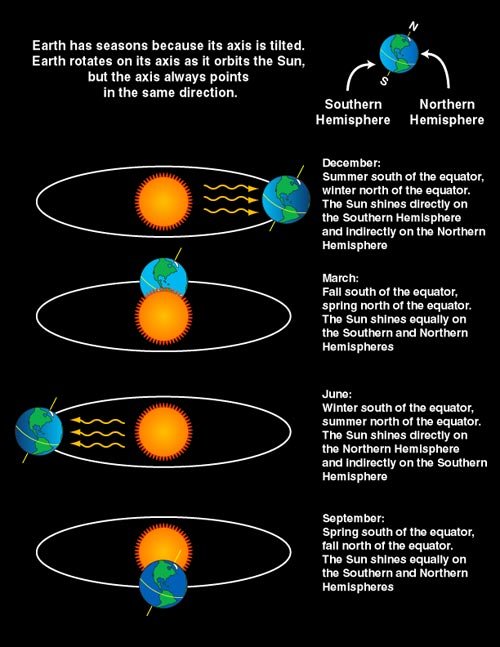Clocks Go Back One Hour
 This coming Sunday, October 26, at 04:00 in Greece (02:00 in the UK), clocks go back one hour. The good news is that we will gain an hour of sleep, but the bad news is that the daylight hours in the evening will be reduced by an hour.
This coming Sunday, October 26, at 04:00 in Greece (02:00 in the UK), clocks go back one hour. The good news is that we will gain an hour of sleep, but the bad news is that the daylight hours in the evening will be reduced by an hour.
British Summer Time was first established by the ‘Summer Time Act of 1916’, after a campaign by builder William Willett. His original proposal was to move the clocks forward by 80 minutes, in 20-minute weekly steps each Sunday in April and by the reverse procedure in September. However, the simplified change we use today was adopted after the Summer Time Act was passed by the British parliament, but in the early years, BST started on 21 May and ended on 1 October.
For those European countries that have adopted ‘Daylight Saving Time’, the hour at which the change is initiated falls in line with their specific time zone. In Greece, the clocks go forward an hour at 03:00, as the country’s time zone is 2 hours ahead of GMT.
In most of the USA, Daylight Saving Time begins at 2:00 a.m. on the second Sunday in March and reverts to standard time on the first Sunday in November.
In Europe, a committee of MEPs voted in 2020 to abandon the twice-yearly clock change by 23 votes to 11, although member states would be able to choose whether to remain on “permanent summer” or “permanent winter” time, under the proposals. To date, no decision has been confirmed from any member state.
The Changing Seasons
The reason for the changing lengths of light and dark during a year is that the earth is tilted on its axis (around 23.5 degrees), which means that as the earth orbits the sun, either the northern or southern hemispheres point more towards the solar disc, lengthening the daylight hours and raising the temperature. At the equinoxes, which happen in spring and autumn, the earth is ‘side-on’ to the sun, leading to the percentage of daylight and darkness being equal at all latitudes.
The axial tilt of the earth is very rare for a planet and the widely held theory, backed by evidence from the moon, is that in the very early stages of the earth’s formation, another planetoid (which has been given the name Theia), ploughed into the earth forcing the planet to tilt over. The resulting debris field from the collision made up of parts of the earth’s crust and mantle and the leftovers of Theia, eventually coalesced to form the moon.
Although the collision could have been catastrophic for the earth, without it the world would be a very different place, changing entirely the evolution of both plants and animals and imposing very different weather patterns across all latitudes. We would also not have the moon, with all its effects on the planet’s life, as well as its role in adding to the gravitational force of the sun on both the tides and the changing climate.


